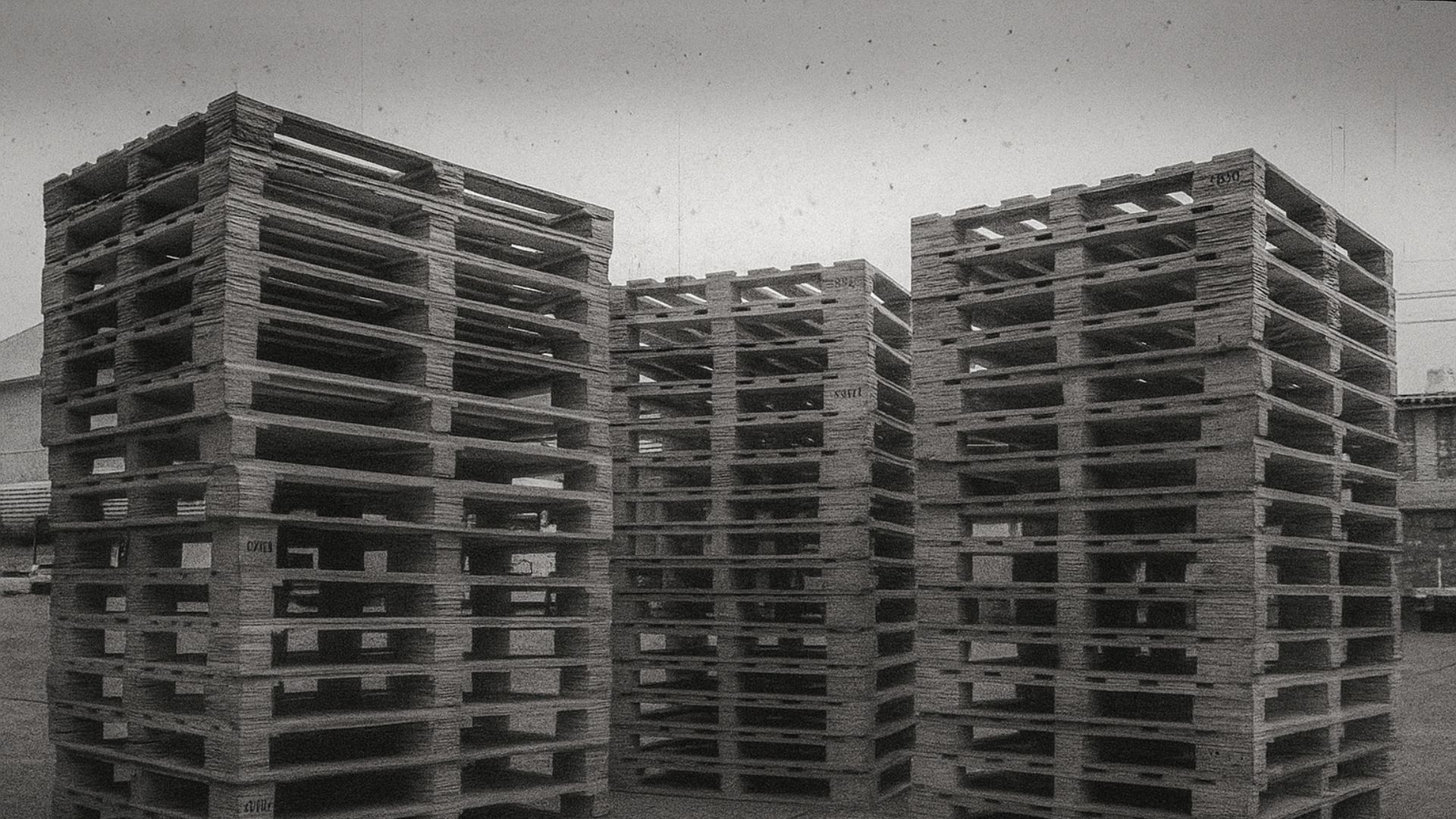EU Plastic Packaging Legislation: What PPWR Means for Businesses
The EU is tightening its grip on packaging waste and is expecting businesses to act fast. The proposed Packaging and Packaging Waste Regulation (PPWR) is set to transform how packaging is designed, used and tracked.
Unlike earlier directives, this regulation will be directly enforceable across the EU, making compliance non-negotiable. From mandatory reuse and refill systems to stricter recycling targets, the aim is to cut packaging waste at its source and put the industry on track for Net Zero by 2050.
Across many companies, the supply chain accounts for over 80% of greenhouse gas emissions and over 90% of the impact on air, land, water, biodiversity and geological resources, according to McKinsey and Company – and the EU’s Packaging and Packaging Waste Regulation, or PPWR, is aiming to change this.
What is the PPWR?
Introduced in January 2025, the PPWR enforces Extended Producer Responsibility (EPR), requiring producers to recycle 70% of their packaging waste by 2030.
This change in regulation significantly impacts the costs and complexities of using single-use packaging, such as cardboard crates, with what was previously not a problem becoming a considerable logistical concern for businesses.
How much plastic used in the EU is in packaging?
A staggering 40% of all plastic used in the EU can be contributed towards packaging.
What percentage of marine litter comes from plastic packaging?
Yes, 50% of all marine litter originates from plastic packaging.
How much plastic waste was generated in the EU per person in 2022?
That's right, on average each person in the EU generated 186.5 kg of plastic waste. That's more than double the weight of the average person in the EU.
The EU expects that these measures will significantly reduce greenhouse gas emissions, water use and the effects of packaging waste on the environment and health of its citizens.
The key aim is to put the packaging industry on track to reach Net Zero by 2050.
By establishing these new requirements, the EU hopes that the PPWR will build a more consistent and coherent framework for reporting and compliance, streamline processes and provide structure for businesses operating across several countries.
At a glance, here's what the PPWR sets out to do:
- Prevent and reduce packaging waste, including through the introduction of reuse and refill systems
- Make all packaging on the EU market recyclable in an economically viable way by 2030
- Safely increase the use of recycled plastics in packaging
- Decrease the use of virgin materials in packaging to help set the market on the path towards climate neutrality by 2050
The complications of the PPWR
While new regulations make using single-use plastic more challenging, reusable plastic packaging offers companies the chance to align with the new PPWR.
The robustness and potential features of reusable plastic packaging, which can be designed for its specific purpose, make it much more suited to any supply chain.
However, just like with single-use packaging, reusable packaging is susceptible to loss, misuse and theft within its complex supply chain. This effectively renders what should be a reusable container single-use.
Careful container management is crucial because persistent losses and theft could not only prevent compliance with PPWR, but also cause asset shortages at key sites, leading to shipping delays.
So how can companies manage their fleet of reusable containers to ensure PPWR compliance – and at an affordable price?

Sensize's solution to PPWR complications
As the need to minimize packaging waste increases, the importance of meticulously tracking reusable packaging throughout the supply chain is increasing by the day.
While the upfront costs of reusable plastic packaging may seem steeper, it’s essential to consider the Total Cost of Ownership (TCO), factoring in waste, losses and inefficiencies. When viewed through this lens, reusable options paired with smart tracking technologies prove to be the most cost-efficient and sustainable choice.
Asset tracking can help you gain greater visibility across your supply chain, allowing you to prevent potential issues that could threaten your ability to comply with PPWR.
The benefits of asset tracking
Here’s how asset tracking can help you stay in line with these new regulations – and introduce plenty of other benefits for your business in the process:
- Improved visibility of your supply chain
- Informed decision-making based on live data
- Broader understanding of transport patterns to improve logistics and reduce unnecessary movement
In terms of cost reduction for your business, implementing asset tracking helps by:
- Reducing the need for maintenance through early detection of issues
- Minimizing loss, damage and theft across your whole network
- Preventing customers from stockpiling your packaging
- Optimizing field manager trips to address problematic areas in your supply chain
Asset tracking is an effective and reliable way to alleviate the pressures of PPWR. Find out more about how Sensize ensures quality in its tracking and get in touch today to book an initial discovery call.
Share this post by clicking below...








